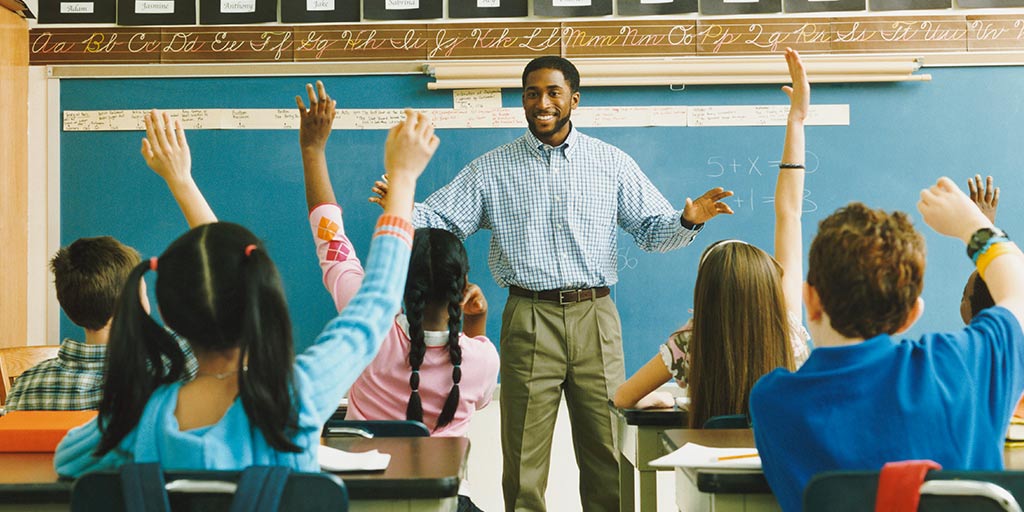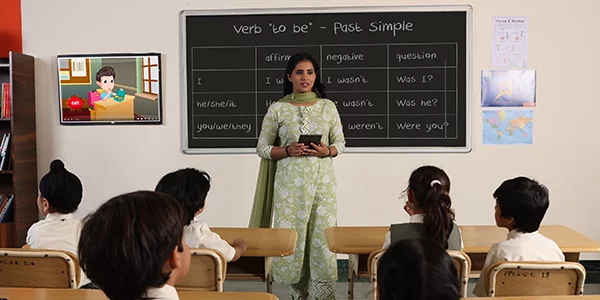The Best Primary Science Tuition Singapore for Effective Learning Methods
The Best Primary Science Tuition Singapore for Effective Learning Methods
Blog Article
Checking Out the Different Teaching Strategies in Key Scientific Research Education And Learning Today
Inquiry-based discovering, hands-on experiments, and the integration of modern technology are redefining exactly how instructors engage young minds. In addition, collective approaches and separated instruction are being utilized to provide to the diverse demands of pupils, improving both involvement and understanding.
Inquiry-Based Knowing
Inquiry-Based Understanding (IBL) is a pedagogical technique that urges students to check out clinical concepts through doubting, examination, and hands-on experimentation. This technique stresses the duty of students as active participants in their understanding, promoting important reasoning and problem-solving abilities. By engaging with real-world inquiries, students come to be motivated and interested, which boosts their understanding of scientific principles.
In IBL, educators serve as facilitators, directing trainees as they navigate their queries instead of supplying details straight. This student-centered technique permits distinction, fitting different finding out speeds and styles. Trainees develop skills in formulating hypotheses, designing experiments, and evaluating data, which are important for clinical literacy.
Additionally, IBL fosters collaboration amongst pupils, motivating them to share concepts and searchings for. This collective query advertises social skills and a sense of community within the classroom. The process of questions urges strength, as trainees discover to accept failure as a stepping stone towards understanding.
Hands-On Experiments
Hands-on experiments are a crucial element of reliable scientific research education and learning, complementing the concepts of inquiry-based discovering. These experiments permit trainees to engage straight with clinical concepts, fostering a deeper understanding via experiential understanding. By manipulating products and observing outcomes, young students can understand abstract concepts in tangible means.
Such activities advertise crucial reasoning and problem-solving abilities, as students assume outcomes, conduct experiments, and examine outcomes. This process urges them to ask concerns, improve their understanding, and develop a scientific frame of mind. Hands-on experiments can be customized to varied knowing designs, ensuring that all trainees have the possibility to involve meaningfully with the content.
Additionally, hands-on experiments frequently urge collaboration among peers, advertising synergy and communication abilities. Working in groups makes it possible for students to share concepts, talk about findings, and find out from one another, which enhances their total instructional experience.
Incorporating hands-on experiments into the primary science curriculum not only enriches the learning environment but also cultivates a lifelong rate of interest in science. By actively taking part in their education, trainees are more probable to establish an enthusiasm for clinical query that prolongs beyond the class.

Modern Technology Integration
Integrating innovation right into primary science education and learning has come to be increasingly necessary in fostering trainee involvement and enhancing learning end results. Making use of digital devices, such as interactive simulations, online laboratories, and instructional software, provides students with opportunities to discover clinical ideas in ingenious means. These sources promote a much deeper understanding of complex subjects by permitting students to envision and adjust variables that would certainly be not practical in a typical classroom setup.
Furthermore, innovation combination motivates personalized learning experiences. Trainees can progress at their very own speed, revisiting tough concepts via multimedia resources, which accommodate different understanding styles. This versatility not only sustains individual development however also grows a sense of freedom in learners.
Additionally, innovation serves as a bridge to real-world science, linking students with present study and professional visit this web-site payments. Access to on the internet data sources and scientific journals widens students' point of views on clinical inquiry and cultivates vital thinking skills.
Collaborative Understanding
Collective learning plays an essential function in primary science education and learning by promoting synergy and interaction skills amongst pupils. This method urges learners to interact, share knowledge, and involve in analytic, which enhances their understanding of scientific principles. By joining team activities, trainees learn to verbalize their concepts, listen to diverse viewpoints, and negotiate solutions, every one of which are essential skills in both scholastic and real-world contexts.

Research shows that collective learning can cause increased inspiration and engagement in scientific research subjects, as trainees discover satisfaction in common experiences (primary science tuition Singapore). Additionally, this technique prepares trainees for future joint ventures, outfitting them with the abilities essential for reliable synergy in college and professional atmospheres. Inevitably, embracing collaborative discovering in primary science education and learning can significantly improve the knowing experience and promote a deeper understanding of scientific inquiry
Differentiated Direction

Differentiated guideline can materialize in various ways, such as differing the content, processes, or products of knowing. Teachers might make use of tiered tasks that supply varying levels of intricacy, enabling students to function at their corresponding readiness levels. In addition, adaptable grouping techniques can facilitate cooperation amongst students with various capabilities, fostering peer learning.
Analysis plays a critical duty in this method, as it informs instruction and aids teachers recognize each trainee's distinct demands. Developmental assessments, such as tests and observations, can assist teachers in readjusting their techniques to boost discovering end results. primary science tuition Singapore. Eventually, by applying separated instruction in key science education and learning, educators can grow a more efficient and equitable learning atmosphere, encouraging all trainees to reach their full possibility in comprehending clinical phenomena
Conclusion
In recap, the diverse training methods in key science education, including inquiry-based understanding, hands-on experiments, innovation assimilation, collaborative knowing, and set apart instruction, collectively add to a more effective discovering setting. These approaches promote vital reasoning, analytical abilities, and a much deeper understanding of clinical principles. By applying these strategies, educators can create supportive and engaging classrooms that deal with the different requirements of trainees, eventually cultivating a lifelong rate of interest in scientific research and boosting scholastic success.
Inquiry-Based Knowing (IBL) is an instructional strategy that urges students to explore scientific concepts through questioning, investigation, and hands-on testing.Joint learning plays an essential role in primary science education and learning by fostering teamwork and communication skills amongst pupils.Study suggests that joint understanding can lead to boosted inspiration and interaction in scientific research topics, as students locate pleasure in shared experiences.In cultivating a comprehensive discovering atmosphere, separated direction emerges as a vital method to suit the varied needs and capacities of pupils in primary scientific research education. Inevitably, by executing set apart direction in primary science education and learning, teachers can grow discover this info here a more fair and reliable learning atmosphere, empowering all trainees to reach their complete potential in comprehending clinical phenomena.
Report this page